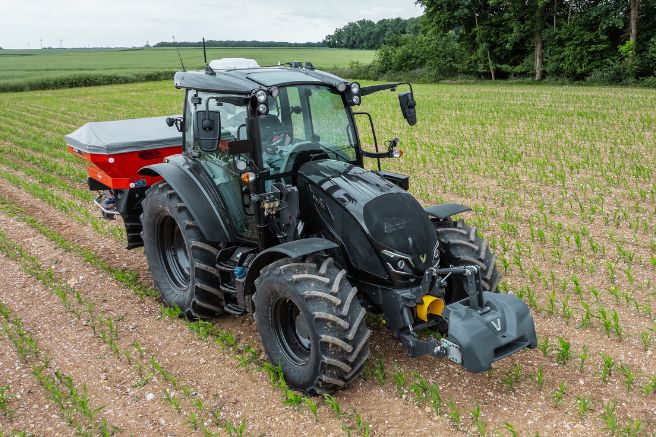
Donatello Sandroni
On May 19, 2024, Corriere della Sera published an article titled “Biodynamic Agriculture, Animals as Allies of Farmers. An Alliance that Delivers Results and Respects the Environment.” The piece was essentially an interview with Carlo Triarico, President of the Italian Association for Biodynamic Agriculture. To be clear, Triarico is the president of an agriculture based on the unproven fantasies of Rudolf Steiner, a bizarre Austrian thinker and esotericist who died exactly a century ago. Steiner’s teachings derived from what he observed on Austrian farms in the early 1900s, with the addition of a mix of eccentricities related to homeopathy, astrology, and vaguely defined cosmic forces to be harnessed and channeled into crops through animal skulls and horns filled with gold or manure.
Three Pseudosciences in One
Essentially, it is a pseudoscience based on two other pseudosciences, all made more intriguing with various esoteric elements. In practice, it is a form of organic farming that mandates the use of specific biodynamic preparations. Otherwise, no Demeter certification, which is managed by the Switzerland-based multinational overseeing the entire certification business. There is also a specific production standard outlining the allowed, prohibited, and conditional practices. For example, GMOs are banned, but all those cereal varieties obtained in the distant past through mutagenesis are allowed, even though since 2018, they should also be considered GMOs according to the European Court of Justice. Additionally, for the production of feeds and foods, cereal hybrids are not allowed, except for corn. Thus, a biodynamic farmer cannot plant Syngenta’s Hivido barley hybrid but can plant a corn hybrid sold by the same Swiss multinational. Mysteries of the faith in Steiner. Furthermore, pyrethrum, azadirachtin, and even spinosad can be used to eliminate crop pests. These are three naturally-derived pesticides, but they still have their own toxicological and environmental profiles.
Biodynamic Agriculture Turns 100
Copper, sulfur, and calcium polysulfide, which are far from harmless, can be used against pathogens, while synthetic pyrethroids can be used for ectoparasites of livestock, such as ticks, flies, and scabies mites, but only after a specific waiver granted based on the veterinarian’s prescription. The same approach applies to antibiotics and anthelmintics like ivermectin and doramectin, used against intestinal worms. All these remedies would theoretically be prohibited but can still be administered if needed, under exemption, if deemed necessary by the veterinarian. This is no different from what happens in modern intensive farming, where the veterinarian always tells the farmer what to apply and when. Therefore, the claimed renunciation of chemical products, reported in the interview summary, is essentially a mere marketing narrative, a field in which Carlo Triarico is undoubtedly a master. A theoretically good thing, however, is the ample space that must be reserved for animals raised using the biodynamic method. For instance, a cow requires at least five thousand square meters. In practice, two cows per hectare. By operating this way, a farm with 300 dairy cows would need 150 hectares just to allow its livestock to graze outdoors.
Agricultural Production Decline
If every intensive farm had to adopt the spaces required by Demeter, there would be little choice but to either decimate the livestock or leave large portions of agricultural land currently used for food production as pasture. As mentioned, biodynamic farming harks back to farms from a century ago when Italy had 38 million inhabitants, almost all farmers, and had twice the current Utilized Agricultural Area (UAA). Today, there are 59 million people, and each has only a third of the per capita UAA compared to the early 1900s. This shows that times change, but pseudosciences remain. At least, Carlo Triarico said one thing right in Corriere della Sera: animals are allies of farmers. True. Without animals, no modern farmer could return the organic matter necessary to the soil to preserve its fertility, structural health, and microbiological biodiversity. So, in a way, even intensive farmers could be seen as biodynamic. But without knowing it.
Title: Biodynamic agriculture turns one hundred (with plummeting production)
Author: Donatello Sandroni







